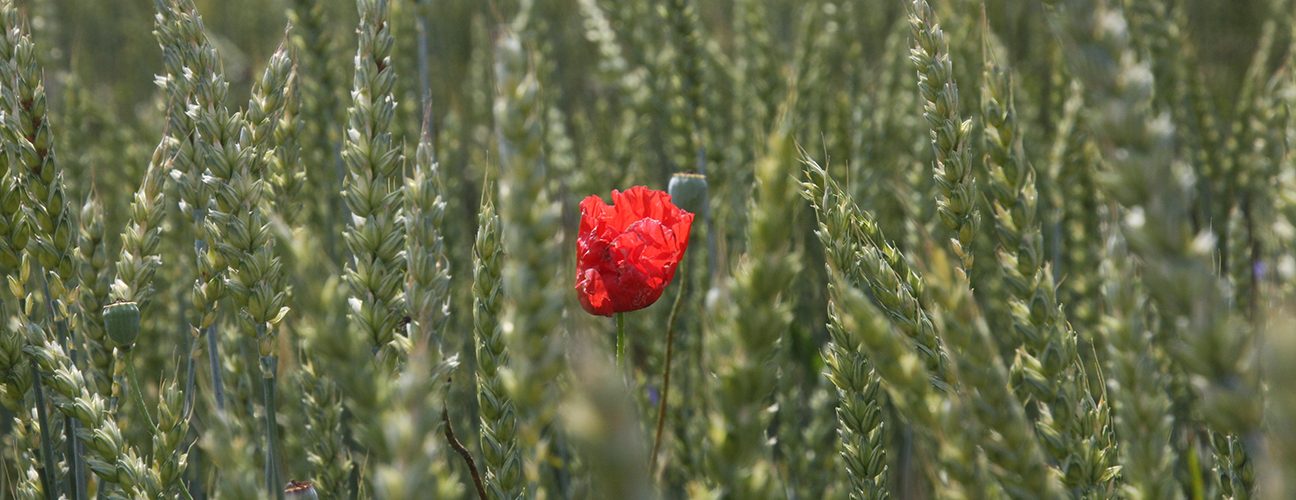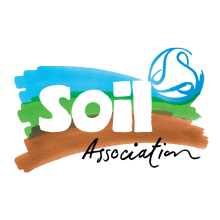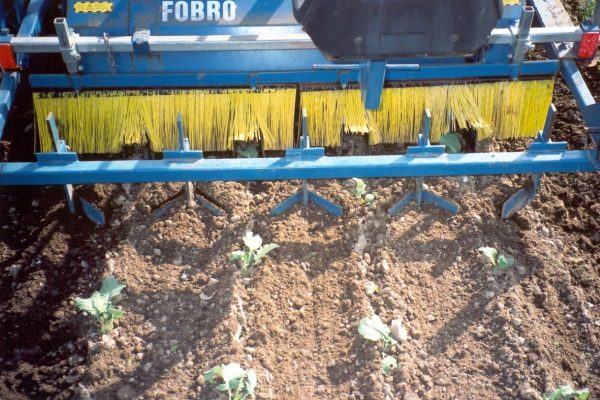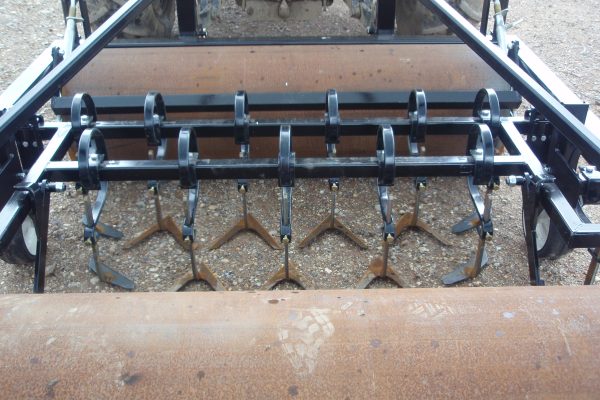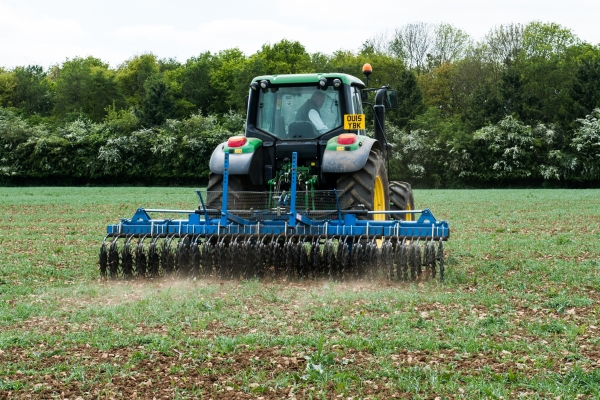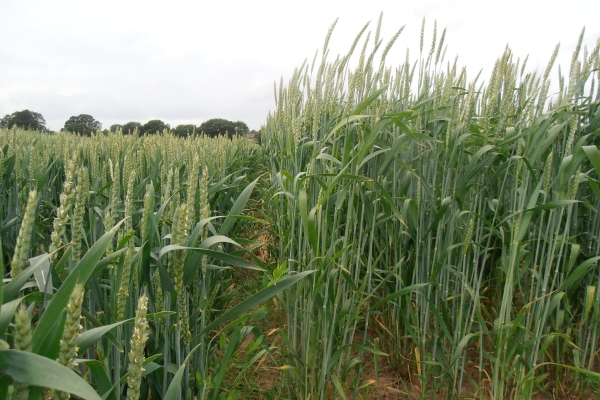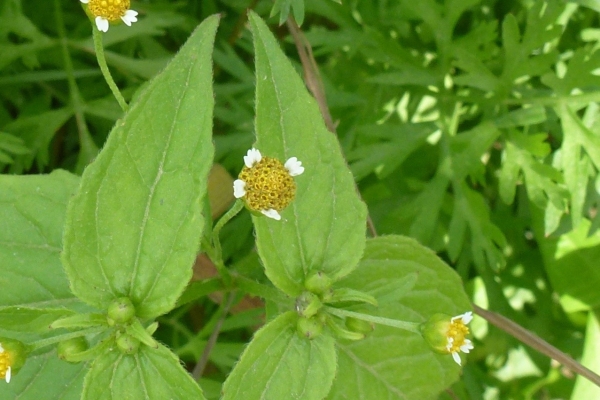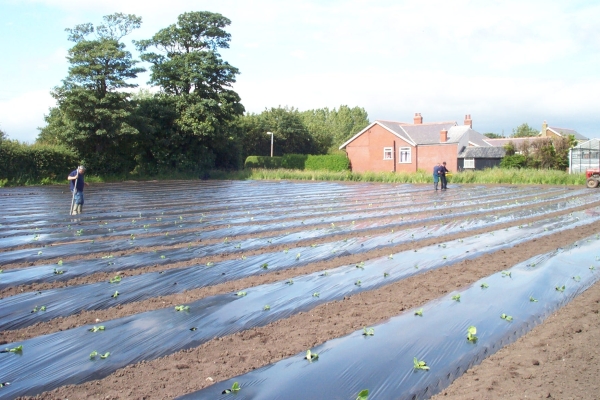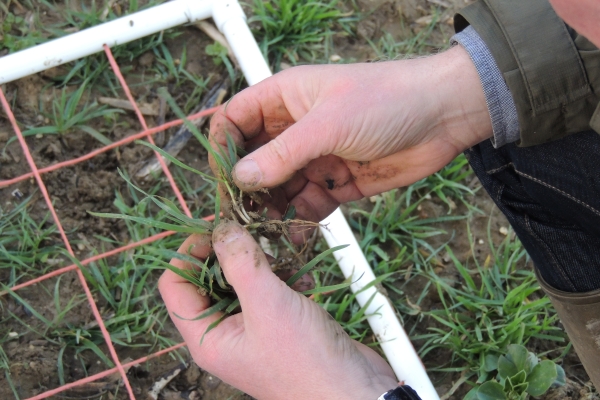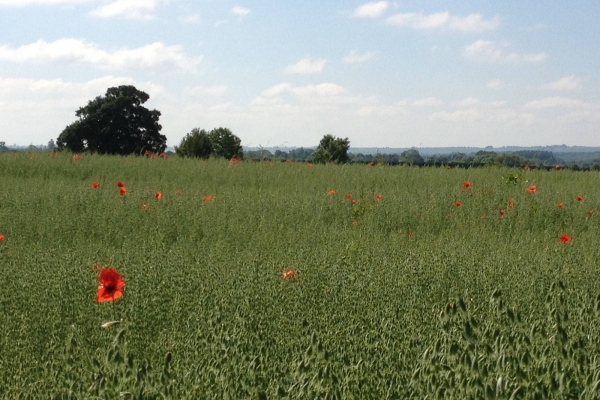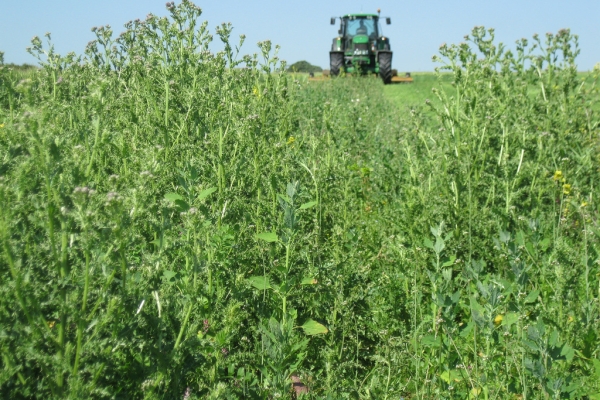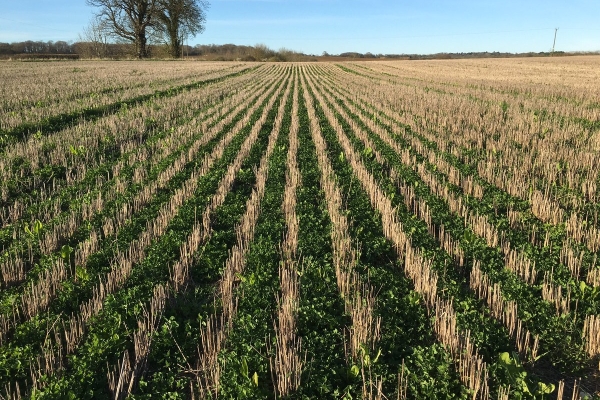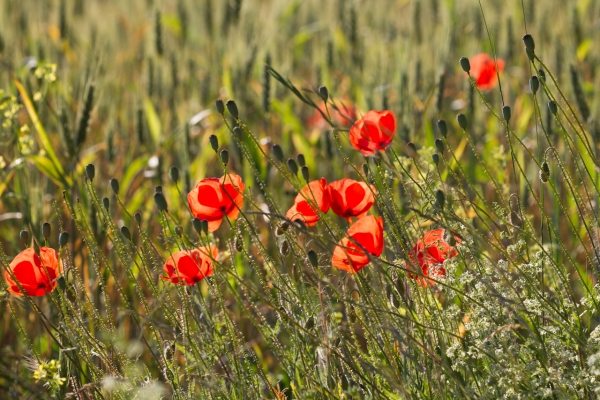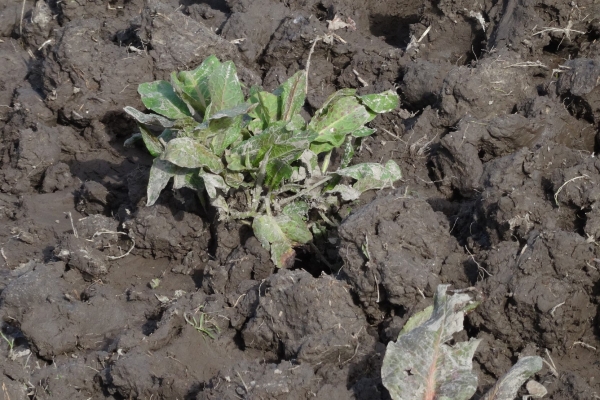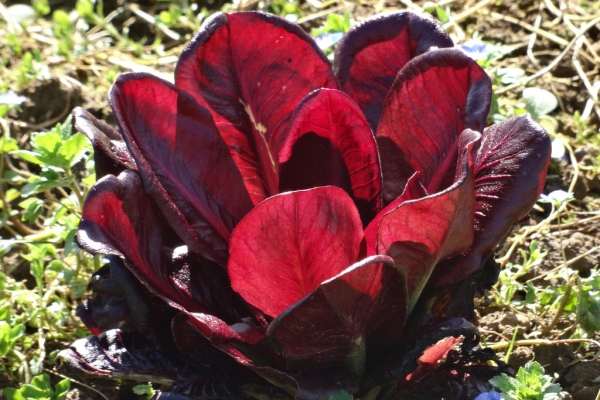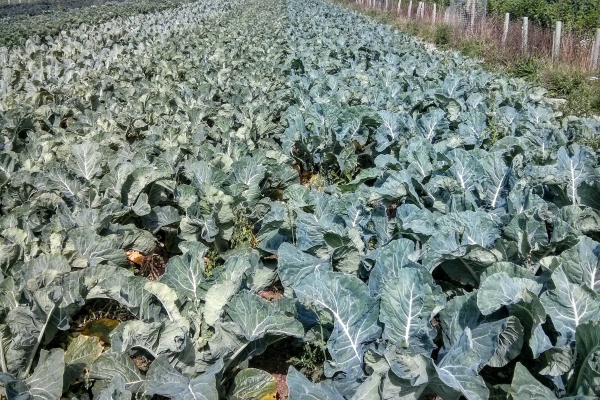What is chemical-free weed control?
Resource explained
This is one of a series of whole farm planning technical guides from the Soil Association designed to take you through the practical aspects of getting started with key agroecological, low-input farming methods. It is a short PDF covering the basics of organic and agroecological approaches to weed management. It emphasises the importance of taking a whole systems approach to weed management, understanding your weeds, measuring and monitoring change, and costs needed to implement change during transition. It includes a brief case study of Rob Atkin at Field Hall farm in Staffordshire.
Findings & recommendations
- Effective weed control is not just about removing weeds, but improving conditions that allow crops to out-compete them.
- Consider weed control across the whole rotation and as part of your soil health strategy i.e. through the use of grazed or mown fertility-building leys.
- Map weed hot spots and dominant species and understand the biology of these weeds.
- Match control methods to your soil and system.
- The key is to combine cultural, mechanical and strategic planning for a cumulative effect.
- The importance of measuring and monitoring is emphasised through weed mapping, setting thresholds, taking notes and observing changes.
- Farmers report that over time, weed pressure can drop significantly – particularly for docks, fat hen, and blackgrass – if a consistent, system-wide strategy is in place. These changes are not only cost-effective in the long run, but also contribute to the overall sustainability and regenerative potential of the farm.
Summary provided by:
Phil SumptionEdited by:
Janie CaldbeckRelated articles
A report on mini-ridgers - a highly effective weeding tool for controlling intrarow weeds through burial.
A practical guide for farmers and growers wanting to get ahead of weeds when establishing pasture, arable and horticultural crops.
Mechanical weed control has long been used on organic farms, but recent advances in technology make it a realistic option for non-organic farmers too.
How to control arable weeds using organic methods; learn the cultural and mechanical ways to reduce or replace chemical herbicide use.
A framework consisting of 5 pillars for IWM to support farmers in defining IWM strategies; each containing a list of tactics able to affect one...
This leaflet covers actions farmers can take to prevent and control annual weeds and prevent adverse effects on crop yield and quality.
Footage recorded at the ORFC 2020 session on 'The future of agroecological weed management.' The RAU's Nicola Cannon delves into the role of technology and...
A practical guide bringing together research to help you manage weeds through a rotation dominated by autumn-sown crops.
A fantastic resource providing detailed information to help you manage weeds in ways that will benefit your crops, soil and pollinators.
Footage recorded at the ORFC 2020 session on 'The future of agroecological weed management.' Mike Mallett of Maple Farm Kelsale shares insights into approaches to...
Being able to identify common weeds and to understand their pros and cons will help you make real improvements in the management of your land....
Learn how to control weeds in grassland and forage crops to improve yield, palatability and animal performance.
A FiBL technical guide packed with useful information on weed control strategies and techniques.
A series of leaflets divided in to different crop types covering the weed management options available to you within an organic system.
A report on the use of ‘row hoes’ — what used to be called inter-row hoes / cultivators.
